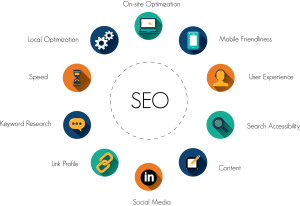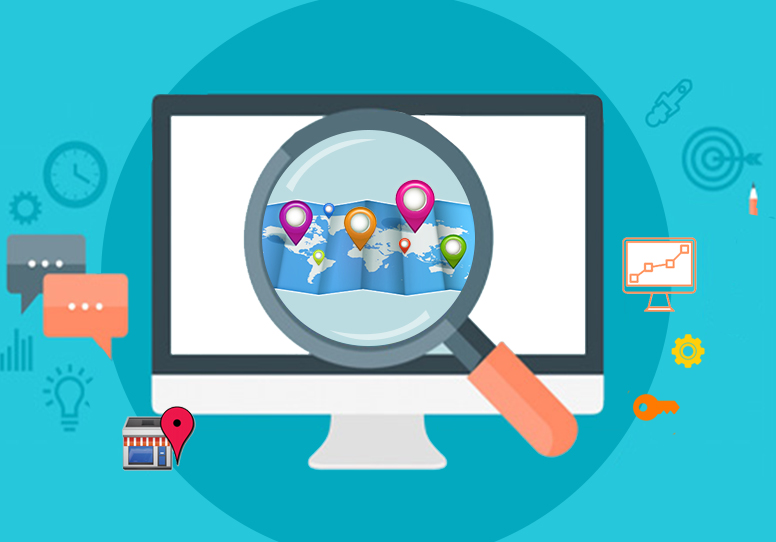Connect with us
Recent Posts
-
On Page Optimization 101

On-page optimization is the first task that any SEO firm will undertake once they start work on a site, but then you must move on and concentrate on expanding your website’s accessibility. The goal is to have as few impediments to accessing what is on a site as is possible. Limitations to access will hinder any efforts you make going forward. If search engine optimization is to make your website more search engine friendly, you can’t ignore what are really very obvious factors that can hinder the search engines in their efforts and keep them from accessing your website freely.Issues with accessibility that stop search engine spiders from crawling your site to index content are also stopping your human visitors from accessing your content as well. If access problems are present, visitors won’t be able to access deeper pages of your website which means they are stuck in a certain sense. For a complete crawling of your website, proper indexing and good traffic from visitors, your website should be made freely accessible. Here are some of the most often ignored factors regarding accessibility that you may encounter:
Broken links are very common, but also easy to fix. Broken links aggravate search engine bots and human visitors equally! Linking to a page that is not live helps no-one, and can actually harm you as Google sees broken links as a sign your site is not being well maintained. All links should have an active page linked to it and it should be the correct page, or your visitors too will be disillusioned and will leave. Misleading links can also harm your reputation.
SEO efforts may wind up being futile if you fail to run routine, basic checks on your website for broken links. You could even end up losing your ranking in the search engines for such a mistake if it is prevalent enough. It is not enough to validate each link before the launch. You must revalidate all the links to see how they are performing when they are actually online, and continue to do so on a regular basis. You may know what you’re doing, but you can’t know what another webmaster is doing on their site, hence the necessity for regular check-ups.
Know that web pages that are too heavy can also cause accessibility problems. Your web pages should be 150kb or less. (This does not include the image files). Search engines downgrade web pages that take too long to load because they are a nuisance. Avoid heavy files since they can slow down the search engine in fetching the right information.– Load time is also often increased, leading to penalties in PageRank and other algorithms. Split large pages into two sections if needed and you shouldn‘t have any problems in this area.
Your websites HTML and CSS coding should comply with W3C to be as safe as possible. Decrepit HTML codes will often cause a search engine spider to turn and run like it saw a swarm of bats descending on it. If you have forms on your site, check them when you go live – never assume that because they worked in safe mode everything is okay – be thorough! If forms are not properly coded, they may result in wrong landing pages or page not found error – which, as mentioned above, is one of the worst problems you can have on your site.
Your SEO professional should be able to pinpoint problems early in your site build and help you correct them, testing before and after launch. It is something you can do on your own, but with such an important task, it is advised to use an experienced professional.
Recent Posts
-
What are Top 2020 SEO Trends...
1.The ERA Of VOICE SEARCH Hello, 2020! Long gone are the days when we used to head over to the search engines on our desktops and
Read More -
Why Is SEO Super-Duper...
The year’s 2019! We have long laid our footsteps in this digital world. Did you know that more than 4 billion people al
Read More -
National SEO Services –...
Introduction about National SEO Services A National SEO service provider uses search engine optimization practice to enhance the
Read More






